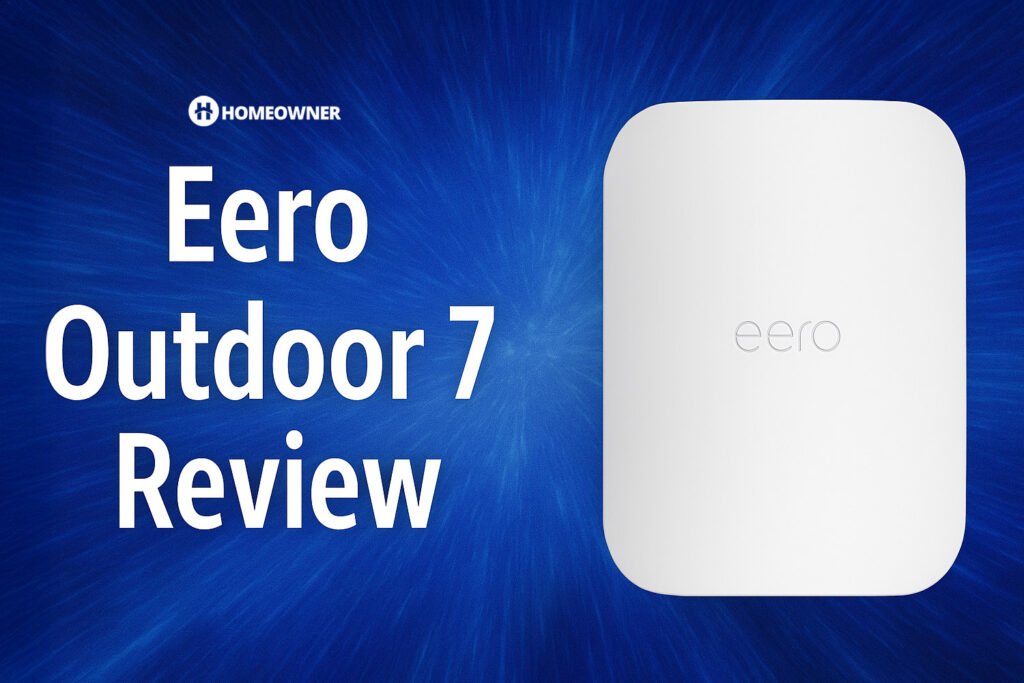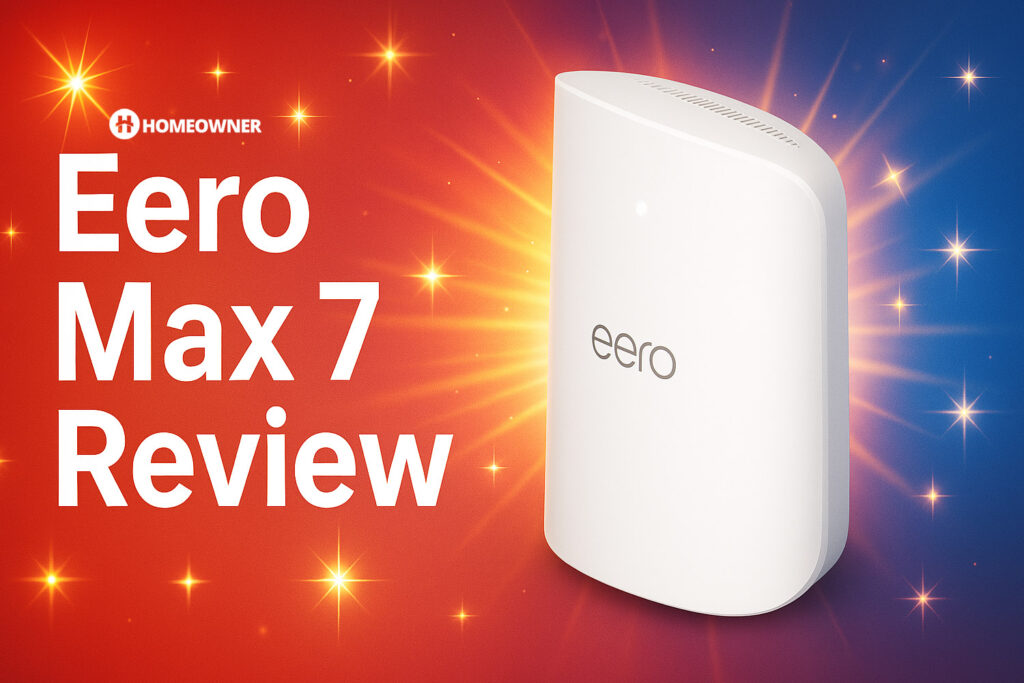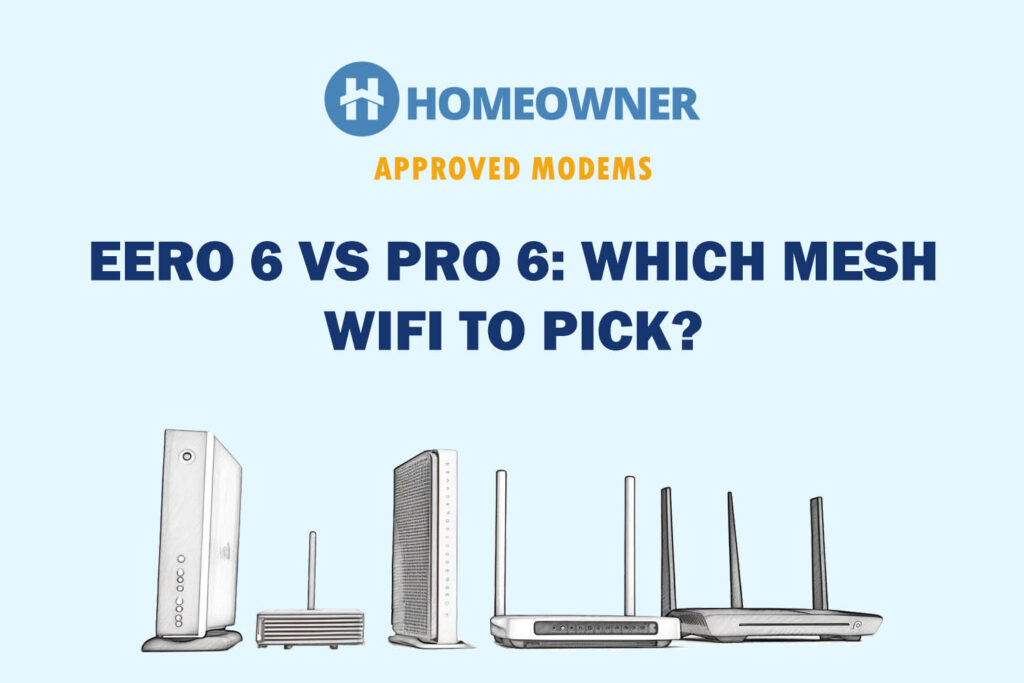If you have a large space and your current router isn't providing seamless coverage, you need a mesh WiFi system. If you have a budget of around $200 and are trying to decide between Eero 6 and Nest WiFi, you've come to the right place.
The primary difference between the two lies in the wireless standard, where Eero boasts Wi-Fi 6 compared to Google’s Wi-Fi 5. Besides, Google Mesh has a better range, powerful hardware, and throughput capacity, but Eero 6 betters the counterpart with the practical specs and performance.
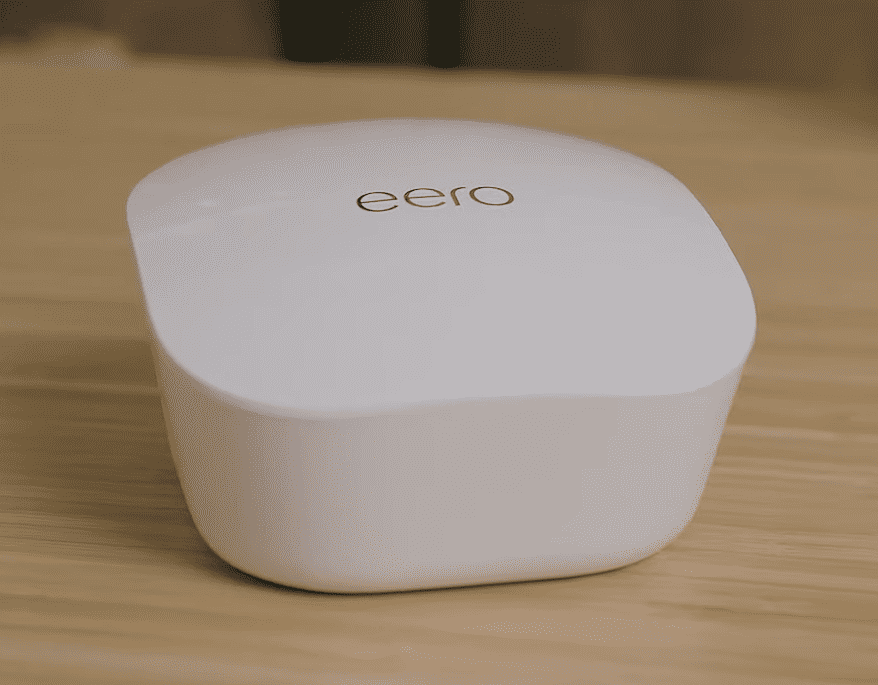
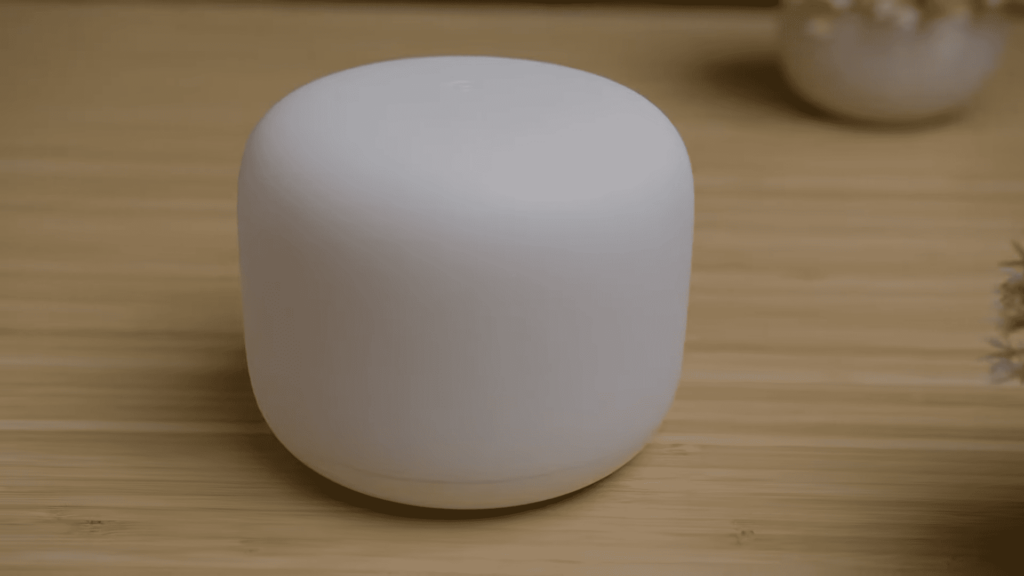
Specs Comparison
| Aspects | Eero 6 | Nest WiFi | Winner |
|---|---|---|---|
| Wireless Standard | WiFi 6 (802.11ax) | WiFi 5 (802.11ac) | Eero 6 |
| Aggregated Speed | AX1800 | AC2200 | Nest WiFi |
| Band Frequency | Dual-band | Dual-band | Draw |
| WiFi Range | Up to 4,500 Sq Ft | Up to 5,400 Sq Ft | Nest WiFi |
| Maximum Devices Capacity | Up to 75 | Up to 100 | Nest WiFi |
| Port Setup | 2 x Gig LAN | 3 x Gig LAN | Nest WiFi |
| Suitable Internet Plan | 500 Mbps | 1 Gbps | Nest WiFi |
| App Support | Yes | Yes | Draw |
| QoS Prioritization | No | No | Draw |
| MU-MIMO | Yes | Yes | Draw |
| Security Standard | WPA3, WPA2 | WPA3, WPA2 | Draw |
| Processor | 1.2GHz Quad-Core | 1.4GHz Quad-Core | Nest WiFi |
| RAM | 512 MB | 1 GB | Nest WiFi |
| NAND Storage | 4 GB | 4 GB | Nest WiFi |
| Dimensions | 3.9 x 3.8 x 2.4 inches | 4.33 x 4.33 x 3.56 inches | Eero 6 |
| Release Date | November 2, 2020 | November 4, 2019 | Eero 6 |
Eero 6 vs Nest WiFi: Detailed Comparison
I already had these devices purchased for reviews, and this time I took them out to determine how they stand against each other. The tests were carried out for over three weeks. Find my honest opinions across different parameters:
Wireless Standards & Speeds
TL;DR: Eero 6 is the winner in this segment, despite higher throughput on Google Nest WiFi. Thanks to Wi-Fi 6 and therefore better wireless speeds.
In terms of throughput capacity, Eero 6, despite the latest WiFi 6 standard over WiFi 5 in Google WiFi, maxes out at 1800 Mbps, compared to 2200 Mbps for the latter. Both, however, operate on two frequency bands (dual-band WiFi), and the speed share on each is as follows:
Eero 6 Speed
| 5 GHz: 1200 Mbps | 2.4 GHz: 600 Mbps |
Google Nest WiFi Speed
| 5 GHz: 1733 Mbps | 2.4 GHz: 400 Mbps |
To test how these two perform in real life, I paired both with the Xfinity 800 Mbps plan at my test lab. Across all tests performed at 20 feet, the Eero 6 came back at download speeds of 708 Mbps and upload speeds of 33 Mbps.
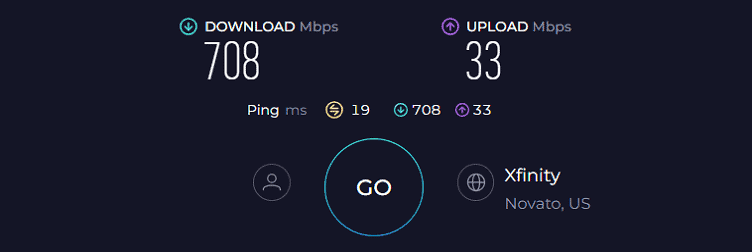
However, despite a high throughput cap, Nest WiFi manages to clock 619 Mbps and 29 Mbps for downloads and uploads, respectively.
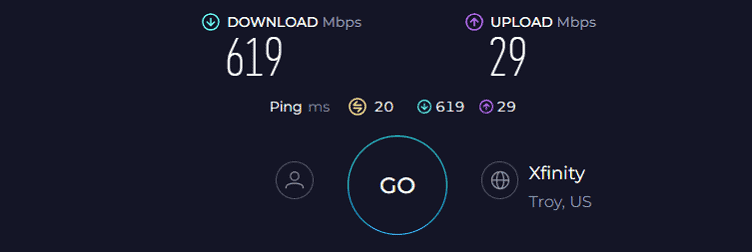
The reason is quite obvious: WiFi AX standard in Eero means the availability of more WiFi channels and hence more usable speeds.
To take the tests up by a notch, I measured the speeds on both by keeping them around 50 feet away from the testing device (MacBook Pro 16″).
Although speed drops were evident in both, the 496 Mbps with Eero 6 was better than Nest WiFi with download speeds of 433 Mbps.
👉 Related reading: Eero Max 7 Review: Is It Worth the Price Tag?
However, the speeds delivered by both systems are good enough for any bandwidth-intensive tasks like gaming, streaming, and more.
WiFi Coverage & Devices Capacity
TL;DR: Both WiFi mesh systems boast a long range and are enough for large homes. If I have to pick one, it's Nest WiFi with better numbers and range in practical scenarios.
Theoretically, the three-pack-unit of Eero 6 and Nest WiFi has a range of 4,500 Sq Ft and 5,400 Sq Ft, respectively, making them ideal mesh for any large space.
To test out their performances in real life, I installed them at a four-story 5,000 Sq Ft house with four rooms on each floor. Nest WiFi covers every bit of the house courtesy of the powerful beamforming antennas. Eero 6, on the other hand, couldn’t cover the entire space but was sufficient.
Number-wise, Nest WiFi is valued at around 5,100 Sq Ft while it’s 4,200 Sq Ft for the Eero, which makes the former a clear winner.
Besides, both mesh systems entail networking technologies like beamforming, MU-MIMO, and OFDMA that work to stabilize the signals transmitted over to multiple devices. The Nest WiFi, however, supersedes its counterpart by handling around 85 devices over 71 at a time kept at different locations.
Ease of Installation, Setup, and Management
TL;DR: There's no major difference between Eero 6 and Nest WiFi in this regard. Both are user-friendly and easy to set up & control. So, it's a tie.
Just plug them into your respective modem and further into a power outlet, and follow the onscreen instructions in the respective app. Then, name the network, pick a password, add the nodes, and viola, your mesh network is ready.
This kinda easy setup is a staple with most modern routers, as they make the most of the companion app to walk you through the process without a headache.
Besides setup, these user-friendly applications let you take the wheel and steer the routers in any way intended. The use cases include managing the connected devices, toggling the security features, data used, and many others.
Port Setup & Wired Connectivity
TL;DR: Google's Nest WiFi wins this section with an additional ethernet port.
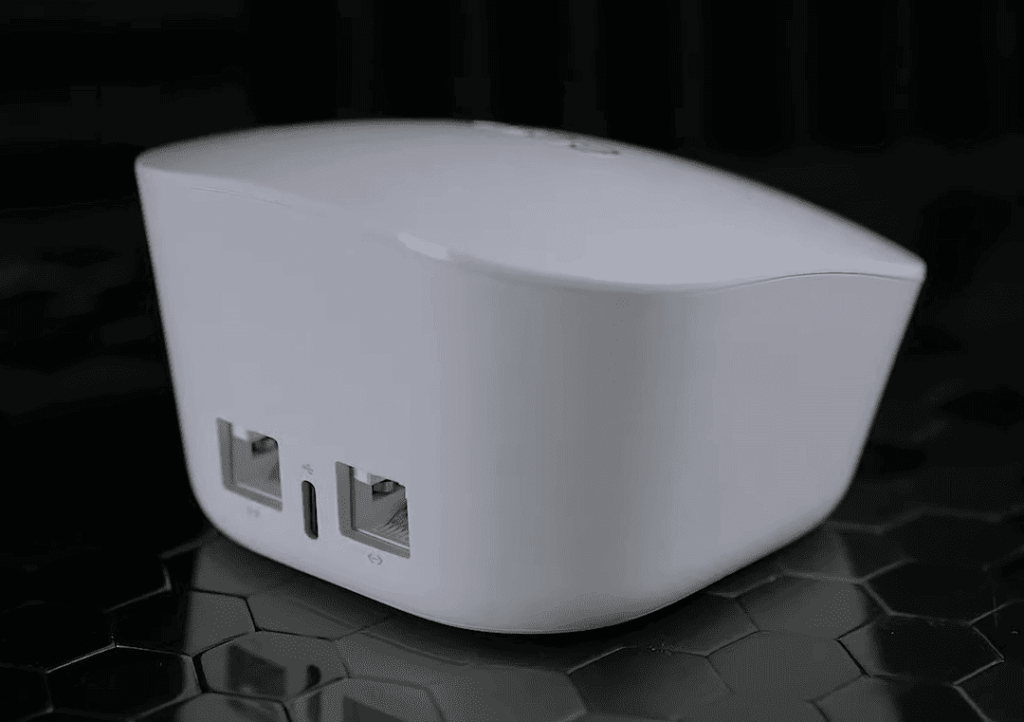
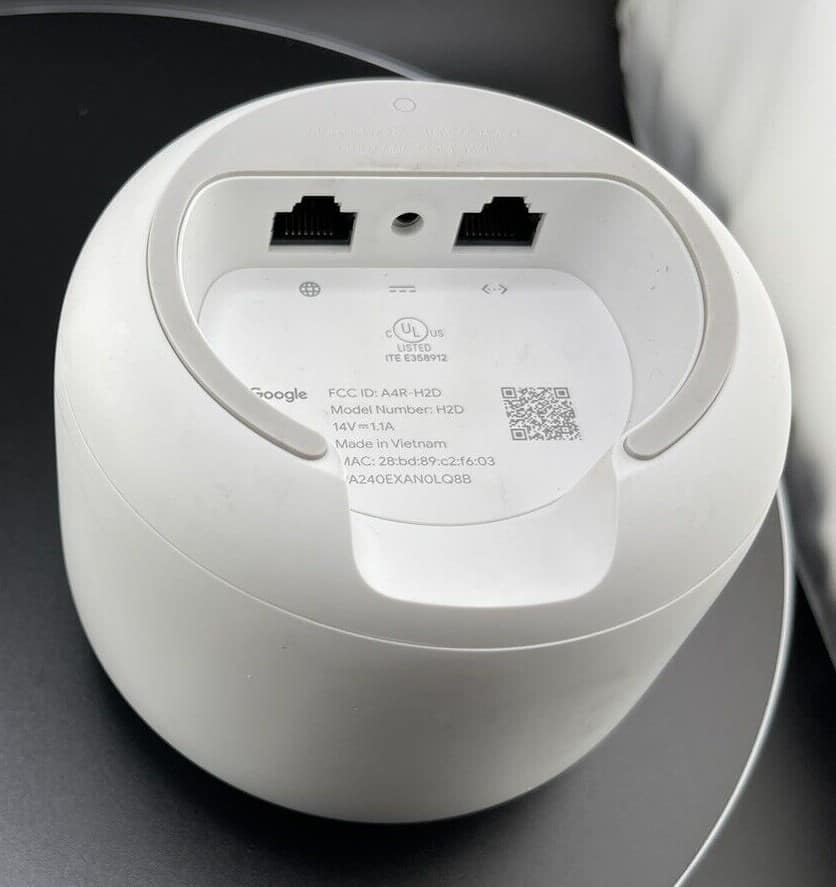
Browsing through the spec sheet, you’ll know who takes the lead here. But keep in mind one of the ports connects to your existing modem to use the internet connection. So, the usable ports in Eero 6 and Nest WiFi are one and two, respectively.
All of them are Gigabit ports, and the wired connections experience minimum latency and maximum speeds.
Security Features
TL;DR: Eero by Amazon is slightly better with an option to opt for advanced yet paid security features.
Both Nest WiFi and Eero 6 share a decent set of security features like WPA3, VPN, guest network, and auto-firmware update. These do a decent job of securing the network and data shared over it.
Nest WiFi has a few extra features in its armory, including TLS to create a secure transport path for data packets and a basic firewall to keep cyber attackers away. You don’t have to pay anything to access these.
But Eero 6 offers an Eero Plus subscription to its users at $10 a month or $100 a year, ingrained with advanced security features. It includes a firewall that prevents unauthorized external agents like viruses, malware, and others.
Besides, it includes VPN access via Encrypt.me, 1Password, DDoS protection and 1Password. So if you don’t have extra dollars to invest in, Google Nest WiFi is good, but in terms of overall security, Eero 6 is a winner by miles.
Hardware & Other Features
TL;DR: Google Nest WiFi has stronger internals, thereby better network performance and stability over prolonged use.
In my tests, none perform badly, so let’s talk about what these mesh routers pack inside. Starting with Eero 6, a 1.2 GHz quad-core processor is paired with 512 MB RAM and 4 GB flash memory. At the same time, it’s a 1.4 GHz Quad-Core processor, 1 GB RAM, and 4 GB flash memory for the Nest WiFi.
With better hardware in the Nest WiFi, you can expect a slightly better network performance, which was evident in my tests.
The Nest WiFi cleared the test with a lag-free 4K video streaming on around 45 devices, while there were a few lags when paired with Eero 6, with the former coming out as a better choice.
Design & Aesthetics
TL;DR: This is quite a subjective choice, and there's no huge difference either. It's a tie.

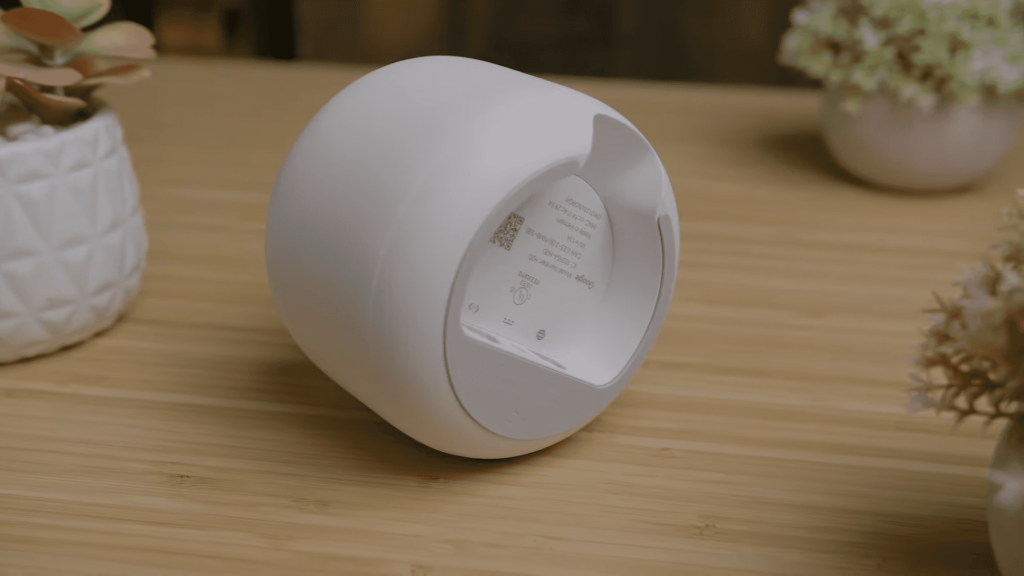
For Nest WiFi and Eero 6, the aesthetics come down to minimalist vs. super minimalist. None bombards with flashing lights or poking antennas; instead, it lies inside, making the design less conspicuous.
And both stick to the same bland design with a white color that isn’t an eyesore by any stretch and blends well with your interior decor.
Judging by the details, Eero 6 has dimensions of 3.9 x 3.8 x 2.4 inches compared to 4.33 x 4.33 x 3.56 inches of Nest WiFi, making the former take less space than the latter. Besides, Eero 6 weighs 0.84 pounds and is much easier to shift around.
Pros & Cons of Eero 6
Pros
- Wi-Fi 6 standard
- Great security & parental controls
- Decent WiFi coverage
- Easy to set up and use
Cons
- Advanced security is paid
Pros & Cons of Nest WiFi
Pros
- Decent security
- Higher throughput
- Additional ethernet port
- Excellent wireless range
- Easy to install & manage
Cons
- Wi-Fi 5 standard
Frequently Asked Questions
In some respect, yes, but overall in terms of coverage, device handling & throughput capacity, and hardware, Google Nest WiFi emerges as a winner.
Nest WiFi has a better range with a maximum value standing at 5,400 Sq Ft.
Conclusion
This was a close one, as both systems are pretty alluring and a great choice for anyone looking to upgrade their network. Both Nest WiFi and Eero 6 better each other in one or another aspect, and ultimately the choice remains in your hands. Determine your needs and choose one that fills the holes better.




